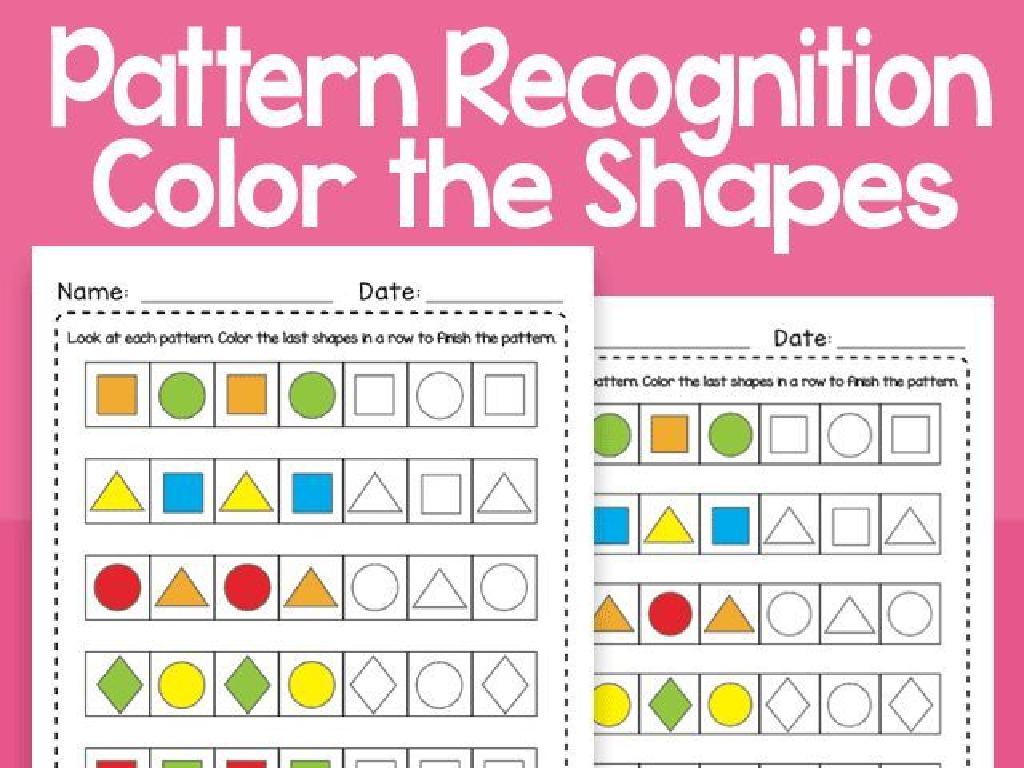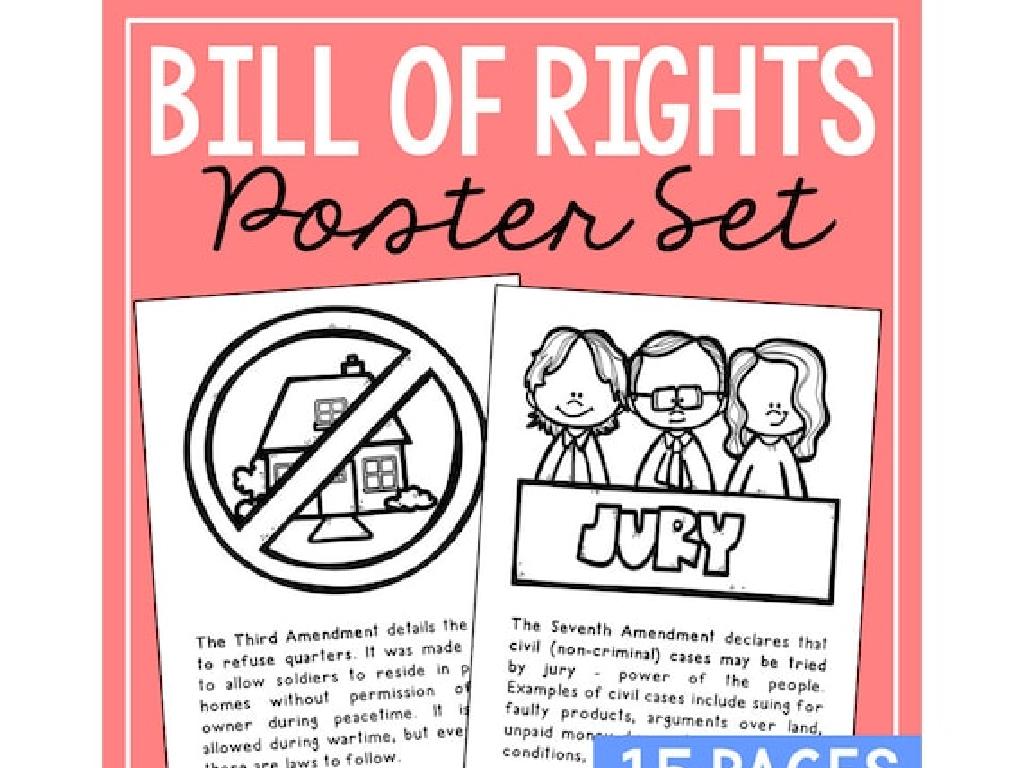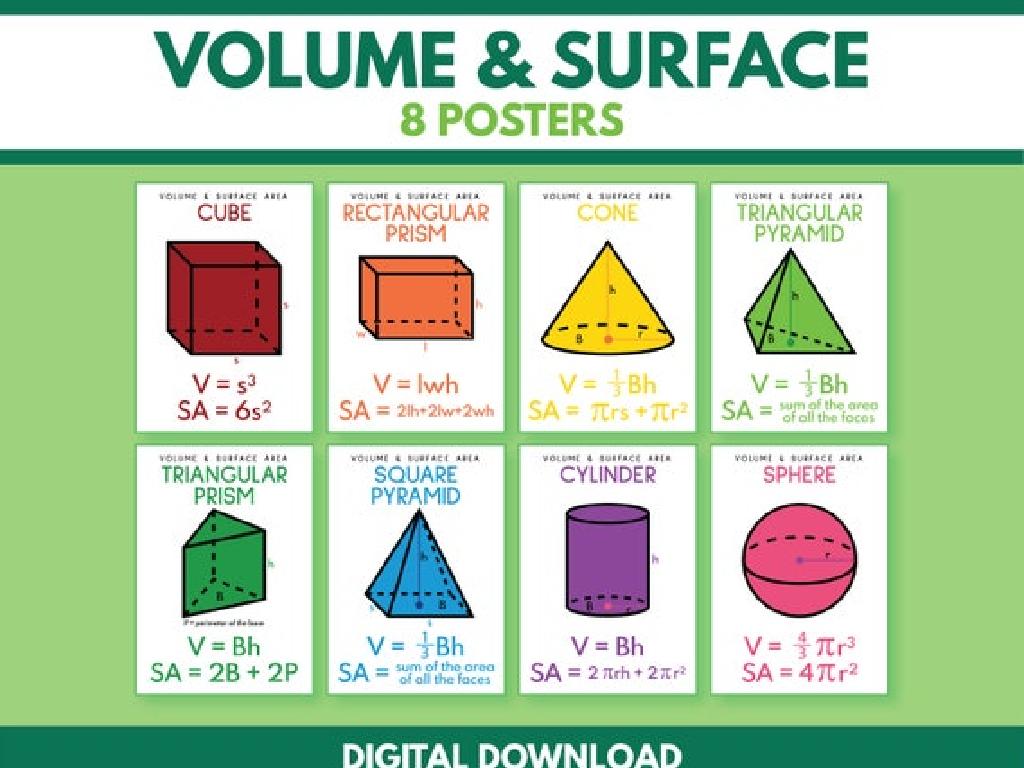Interpret The Meaning Of An Allusion From Its Source
Subject: Language arts
Grade: Fifth grade
Topic: Literary Devices
Please LOG IN to download the presentation. Access is available to registered users only.
View More Content
Exploring Allusions in Literature
– What is an allusion?
– A reference in a story to a well-known person, place, event, or another story.
– Sources of allusions
– Allusions come from history, myths, other literature, or pop culture.
– Allusions enhance enjoyment
– They add depth to the story and connect it to the larger world.
– Examples in popular books
– Like a character with a ‘Midas touch’ or a ‘Pandora’s box’ situation.
|
This slide introduces the concept of allusions, which are indirect references in literature that can enrich a story and make it more enjoyable for those who catch them. Allusions can be drawn from various sources such as historical events, mythology, other literary works, or even popular culture. Understanding allusions allows readers to see deeper layers of meaning in the text. Encourage students to think about why an author might use an allusion and how it can create a connection between the reader and the story. Provide examples from books that are familiar to fifth graders to illustrate how allusions work in practice.
Understanding Allusions in Literature
– What is an allusion?
– A brief mention in a text that refers to a person, place, thing, or idea of historical, cultural, literary or political significance.
– Allusions reference well-known works
– Like mentioning ‘Einstein’ to imply someone is a genius.
– Recognizing allusions in language
– Phrases like ‘He’s a real Romeo’ refers to Shakespeare’s character known for love.
– Practice with examples
|
This slide introduces the concept of allusions, a common literary device used to reference something well-known without explicitly mentioning it. It’s important to explain that allusions rely on the reader’s knowledge of other texts, history, or culture to understand the implied meaning. Provide examples that are relatable to fifth graders, such as references to popular stories or historical figures they may know. Encourage students to think of their own examples of allusions from books they’ve read or movies they’ve seen. The goal is for students to recognize allusions in everyday language and understand their meanings within the context they are used.
Exploring Types of Allusions
– Historical Allusions
– References to historical events or figures, like mentioning the Civil Rights Movement to signify a struggle for equality.
– Literary Allusions
– References to other books or literary works, like saying ‘she was as brave as Katniss’ referring to ‘The Hunger Games’.
– Mythological Allusions
– References to ancient myths, like calling a great athlete ‘Hercules’ to mean they are very strong.
– Biblical Allusions
– References to stories or characters from the Bible, like saying ‘David vs. Goliath’ to describe an underdog situation.
|
This slide introduces students to the concept of allusions, which are indirect references to a person, event, statement, or theme found in literature, the other arts, history, religion, or mythology. Historical allusions bring depth to writing by connecting it to well-known historical events. Literary allusions create a connection between the reader and another literary work. Mythological allusions draw from ancient myths to enrich the text with symbolic meaning. Biblical allusions incorporate stories or characters from the Bible to convey messages or themes. Encourage students to think of examples they may have encountered in their reading or in popular culture. This will help them understand how allusions function to add layers of meaning to a text.
Identifying Allusions in Literature
– Spotting allusions in texts
– Look for direct references or hints to other works or figures
– Clues to find an allusion’s source
– Check for unfamiliar phrases or names that may refer to something else
– Practice with sentence examples
– We’ll try finding allusions together using example sentences from books
|
This slide is aimed at teaching students how to identify allusions within literary texts. An allusion is a reference to another work of literature, person, or event. To spot an allusion, students should look for direct references or hints that seem to point to something specific outside of the text. Clues might include a phrase, a name, or a situation that doesn’t fully make sense within the context of the story but may refer to something commonly known. During the practice activity, provide sentences from familiar stories or historical events and guide students to pinpoint the allusions. This exercise will help them understand how allusions enrich a text and offer deeper insights into the story’s themes.
Interpreting Allusions in Literature
– Grasping allusion context
– Context helps us get the reference
– Allusions enrich stories
– Allusions make writing more engaging
– Activity: Find the allusions
– Read paragraphs, spot the allusions
– Discuss allusion meanings
– Share what you think they mean
|
This slide introduces the concept of allusions in literature, which are references to well-known stories, figures, or events. Start by explaining how understanding the context of the story helps us recognize and interpret allusions. Discuss how allusions can add layers of meaning and make the text more interesting. For the activity, provide short paragraphs with allusions for students to identify and interpret. Encourage them to consider the original source of the allusion and how it contributes to the new story’s meaning. After the activity, have a class discussion where students share their interpretations and understandings of the allusions they found.
Exploring Allusions in Literature
– Discover allusions in famous books
– Examples like ‘He was a real Romeo with the ladies’ refers to Romeo from Shakespeare’s Romeo and Juliet.
– Discuss allusions’ effects on readers
– Allusions can add depth to a story and create connections for the reader.
– Group Activity: Uncover allusions in a text
– Work together to find and understand allusions in a provided book excerpt.
|
This slide aims to introduce students to the concept of allusions in literature. Begin by explaining that an allusion is a reference to another work of literature, person, or event. Use well-known books to show how allusions can enrich a story and make it more relatable for the reader. Discuss how recognizing allusions can enhance the reading experience by creating a deeper understanding of the text. For the group activity, provide students with a book excerpt containing allusions. Divide the class into small groups and have them identify and interpret the allusions. Possible excerpts could come from ‘Harry Potter’, ‘The Chronicles of Narnia’, or ‘Charlie and the Chocolate Factory’. Encourage students to explain the allusion’s source and its significance within the new context.
Your Turn: Create an Allusion
– Craft your own allusion
– Combine characters or events from stories you know with your own ideas.
– Use lessons to make connections
– Think about how famous stories relate to your life or current events.
– Share your allusions in class
– Discuss how your allusion helps explain your thoughts or feelings.
– Reflect on the experience
|
This slide is designed to engage students in the creative process of making their own literary allusions. Encourage them to draw upon characters, settings, or events from familiar stories and relate them to their own experiences or current events. This activity will help them understand how allusions can add depth to writing by connecting it to well-known works. In the next class, students will have the opportunity to share their allusions, fostering a collaborative learning environment. Provide guidance on how to give constructive feedback. Reflecting on this activity will help students appreciate the power of literary devices in communication.
Class Activity: Allusion Scavenger Hunt
– Work in groups to find allusions
– Record each allusion and its source
– Present your findings to the class
– Discuss the meaning of the allusions
– Why do you think the author used these allusions?
|
This activity is designed to help students understand the concept of allusions in literature. Divide the class into small groups and provide them with various materials such as books, poems, or articles. Each group’s task is to identify examples of allusions within the text. They should note down the allusion and the original source it refers to. After the hunt, each group will present their findings to the class, explaining the allusion and discussing its meaning and why it might have been used in that context. For the teacher: Prepare a list of materials with known allusions beforehand. Consider having different materials for each group to ensure a variety of examples. Possible activities could include finding allusions in classic fairy tales, current events, or popular songs that may be familiar to fifth graders.
Wrapping Up: The Power of Allusions
– Recap: What are allusions?
– Allusions are references to well-known works or events.
– Discuss our allusion discoveries
– Share what allusions we found and their meanings.
– Time for questions and answers
– Ask any lingering questions about allusions.
– Reflect on allusions in stories
– Think about how allusions add depth to reading.
|
As we conclude today’s lesson, we’ll revisit the concept of allusions, emphasizing their role in deepening our understanding of texts. Encourage students to reflect on the allusions they’ve encountered in stories and how they connect to larger themes or historical events. Open the floor for a Q&A session, allowing students to clarify any doubts and solidify their grasp of the material. Finally, guide them to appreciate the use of allusions by authors to create richer, more engaging narratives. This reflection will help students recognize allusions in future readings and understand their significance in literature.






